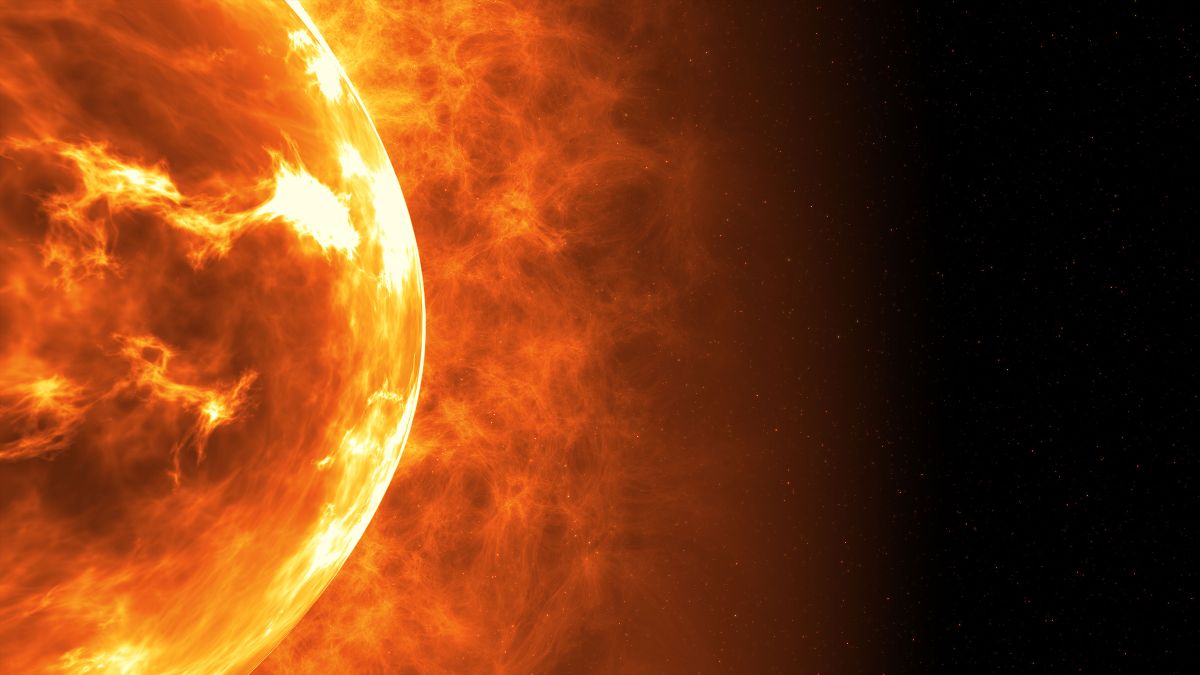This may affect satellites

The huge solar flare that occurred on Earth yesterday afternoon has already had a number of consequences on our planet.
From time to time, certain astronomical events occur that may go unnoticed on Earth, but are of great significance.
In recent days we have been hit by various strong solar storms, which some have managed to enjoy thanks to the so-called Northern Lights.
Anyway, the sun just exploded with the largest solar flare in half a decadeand experts are already warning that this could have consequences for our telecommunications.
While some of the effects could be a beautiful northern lights display, experts warn it could cause interference with radio and GPS satellites around the world.
Specifically, yesterday afternoon, the National Oceanic and Atmospheric Administration’s Space Weather Prediction Center discovered this huge solar flare, which was classified as class X8.7..
In particular, this solar flare occurred behind the western horizon of the Sun, giving Earth some protection from a radioactive explosion.
“For a coronal mass ejection, which often accompanies such flares, to cause an aurora on Earth, the spray of particles from the Sun must impact the Earth’s atmosphere,” says Greg Brown, an astronomer at the Royal Greenwich Observatory.
But it’s not over yet because Met experts are warning that Earth could be hit by two more solar flares in the coming days.
Consequences on Earth
As we have already said, this huge solar flare has already had an impact on the communication systems of our planet.
When this radiation reaches the Earth, changes the way radio signals travel through parts of the upper atmosphere.
Thus, huge flares could eventually affect GPS navigation services and communication systems.
The hardest hit were users of high-frequency radio waves, who experienced complete or intermittent loss of communications yesterday afternoon.
In particular, these solar flares affect high-frequency or short-wave radio signals, i.e. those used for military communications, amateur radio communications and some types of radar.